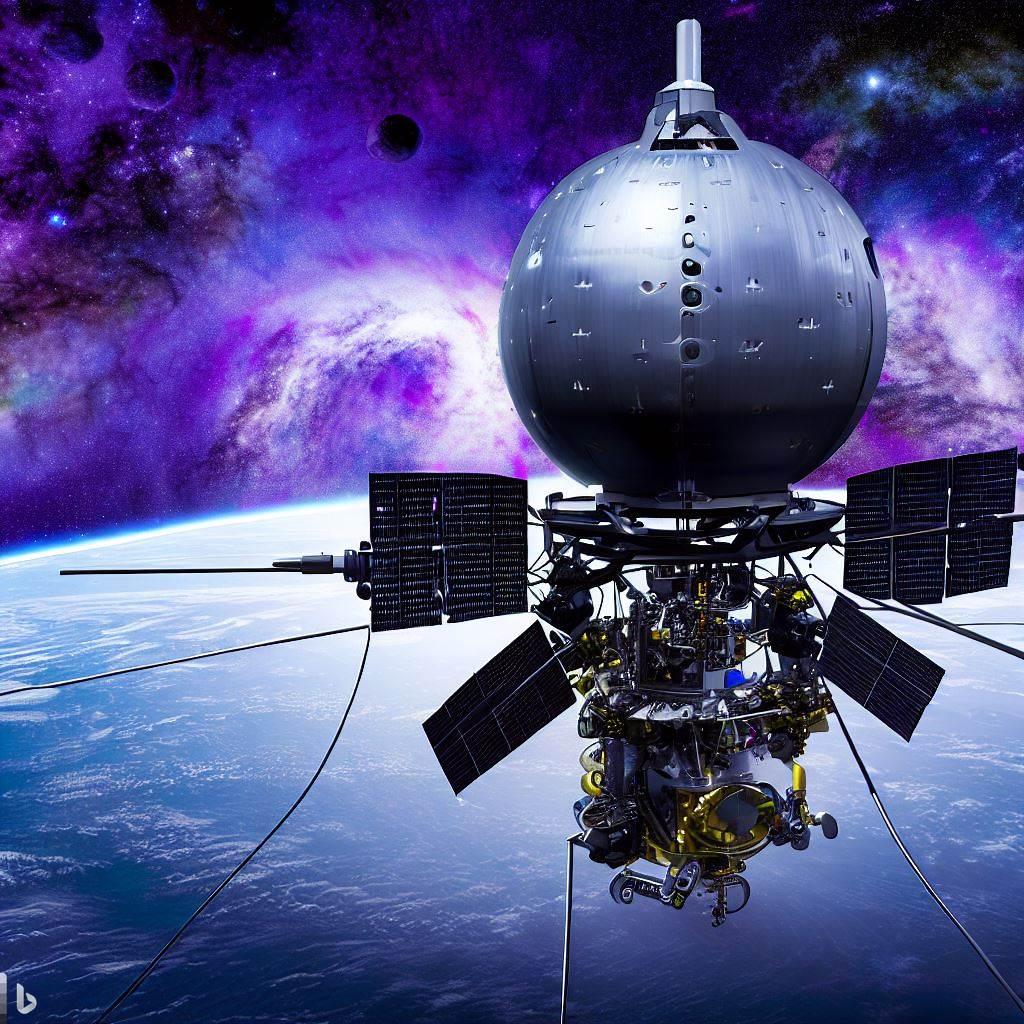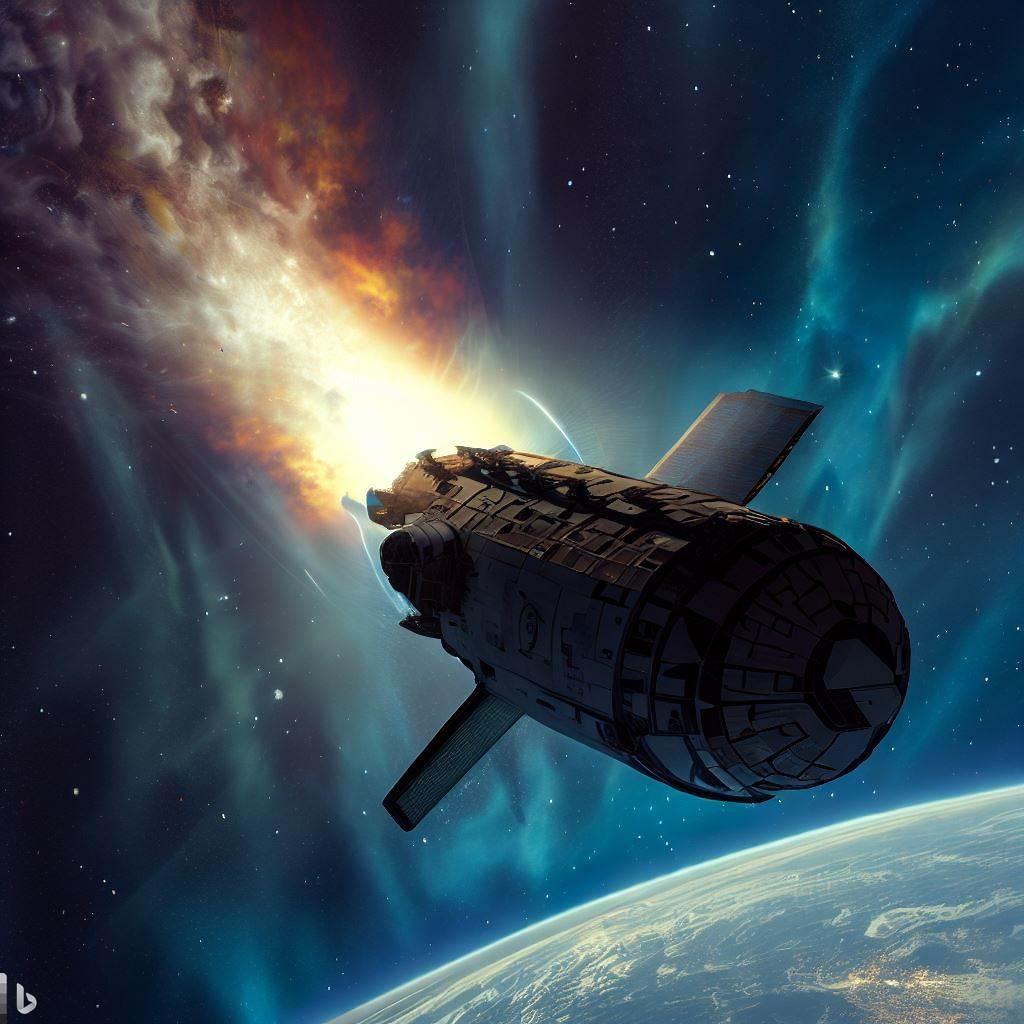Today marks a significant milestone in the realm of space exploration as a United Launch Alliance (ULA) Atlas V rocket, carrying Boeing’s Starliner capsule with NASA astronauts Butch Wilmore and Suni Williams onboard, has successfully reached Max Q. This momentous achievement represents the peak aerodynamic pressure experienced by the rocket during its ascent into space.
Max Q, short for maximum dynamic pressure, is a critical phase of a rocket's flight trajectory, where it encounters the highest level of atmospheric resistance. The successful passage through Max Q demonstrates the resilience and engineering prowess of the ULA Atlas V rocket, designed to withstand the intense forces exerted upon it during this phase.
Following the accomplishment of Max Q, the next key events in the mission include the cutoff and separation of the Atlas V booster engine. These maneuvers pave the way for the Starliner capsule to continue its journey towards the International Space Station (ISS), where it will dock as part of Expedition 71.
This milestone not only signifies a significant step forward for NASA’s Commercial Crew Program but also highlights the collaborative efforts between Boeing, ULA, and NASA in advancing human spaceflight capabilities. The successful launch and traversal through Max Q underscore the dedication and expertise of the teams involved in ensuring the safety and success of crewed missions to space.
The Boeing Crew Flight Test (CFT) represents a pivotal moment in the development of commercial spaceflight, paving the way for future crewed missions to the ISS and beyond. As the world looks towards the stars with renewed enthusiasm and ambition, events like these serve as reminders of humanity's enduring spirit of exploration and discovery.









Add a Comment: